HINDI CINEMA WILL CONTINUE ITS LOVE AFFAIR WITH MOVIES BASED ON REAL PEOPLE IN 2020
FROM stories based on actual events and film remakes to recreating classic songs, Bollywood has been drawing inspiration from the past more than ever.
The most popular of the genre is high profile biopics that draw upon the lives of real people. That hot trend is set to continue with more big Bollywood blockbusters based on real people on the way.
With that in mind, here are some biopics to look out for from 2020.
Chhapaak: Bollywood queen Deepika Padukone returns to the big screen in the true-life tale based on acid attack survivor Laxmi Agarwal. She has also produced the drama and transformed herself to portray a woman who went from a horrific tragedy to becoming an inspirational figure campaigning for acid attack victims.
Tanhaji: The Unsung Warrior: Ajay Devgn produces and plays the lead role in his 100th movie, which is based on the life of a fearless 17th-century warrior, who helped lay the foundation for the Maratha Empire. The lavish historical film sees him portray an unsung hero who faithfully fought for a king and helped win a game-changing battle.
’83: India’s three biggest passions of cricket, cinema and patriotism come together in this big-budget sports drama based on a historic sporting triumph. Ranveer Singh plays Kapil Dev in the story of a great upset that saw underdogs India defeat hot favourite’s West Indies in the cricket world cup final.
Saina: The sports drama sees Parineeti Chopra portray ace badminton player Saina Nehwal. The Amole Gupte-directed film looks at the life of a sports hero who overcame personal challenges to win titles and reach number one in the world.
Maidaan: Ajay Devgn takes on the real life role of Syed Abdul Rahim, who was the football coach and manager of the Indian national team from 1950 until his death in 1963. The uplifting sports drama revolves around India’s greatest achievements in football during a golden era for the game in the country.
Shershaah: Sidharth Malhotra plays Indian soldier Captain Vikram Batra and his twin Vishal Batra in the biographical drama. The story revolves around the army officer who was awarded India’s highest and most prestigious award for valour, for his actions during the 1999 Kargil War between India and Pakistan.
Shakuntala Devi – Human Computer: The biographical drama sees multi-award-winning actress Vidya Balan take on the title role in a film revolving around Shakuntala Devi, who was known as the human computer. The story looks at the life of a woman who shot to international fame because of her extraordinary abilities and the books she authored.
Sardar Udham Singh: Rapidly rising star Vicky Kaushal plays the title role in the biopic based on freedom fighter Udham Singh, who assassinated the former lieutenant governor of Punjab in India, Michael O’Dwyer, in 1940 in revenge for the Jallianwala Bagh massacre of 1919. The Shoojit Sircar-directed drama shot in the UK, Russia and India brings the life of a legendary revolutionary alive.
Gunjan Saxena: The Kargil Girl: The biographical drama revolves around Gunjan Saxena, who along with Srividya Rajan,was the first female Indian air force pilot, and the first in combat. Janhvi Kapoor plays the lead role in the Karan Johar produced film based on real life events.
Mogul: Aamir Khan takes on the challenging role of Bhushan Kumar in the big-budget biographical drama that is directed by Subhash Kapoor. The story traces the extraordinary rise of a music mogul who set up massively successful record label T-Series and then was murdered at a young age by the underworld.
Madhubala biopic: Last but not least, there have been rumours that director Imtiaz Ali will be making a biopic of legendary leading lady Madhubala, who was seen as the Indian answer to Hollywood icon Marilyn Monroe. Like the Hollywood icon, she too had an extraordinary life, was a pin-up, and tragically died young.




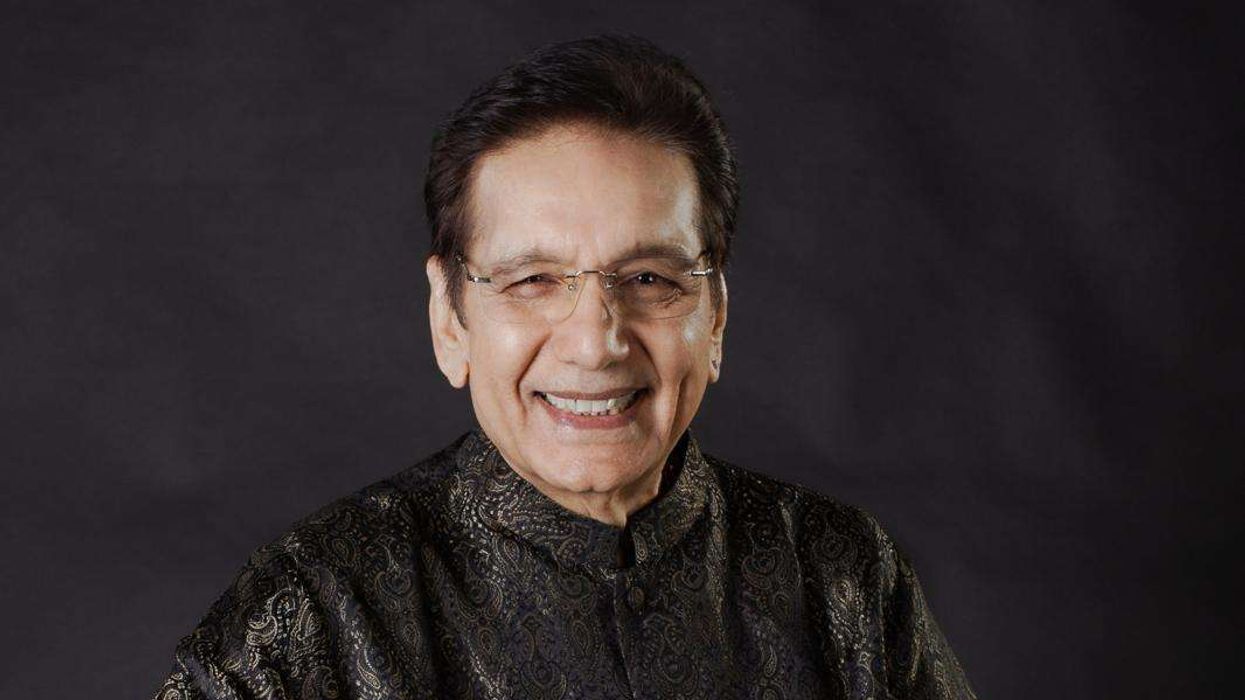
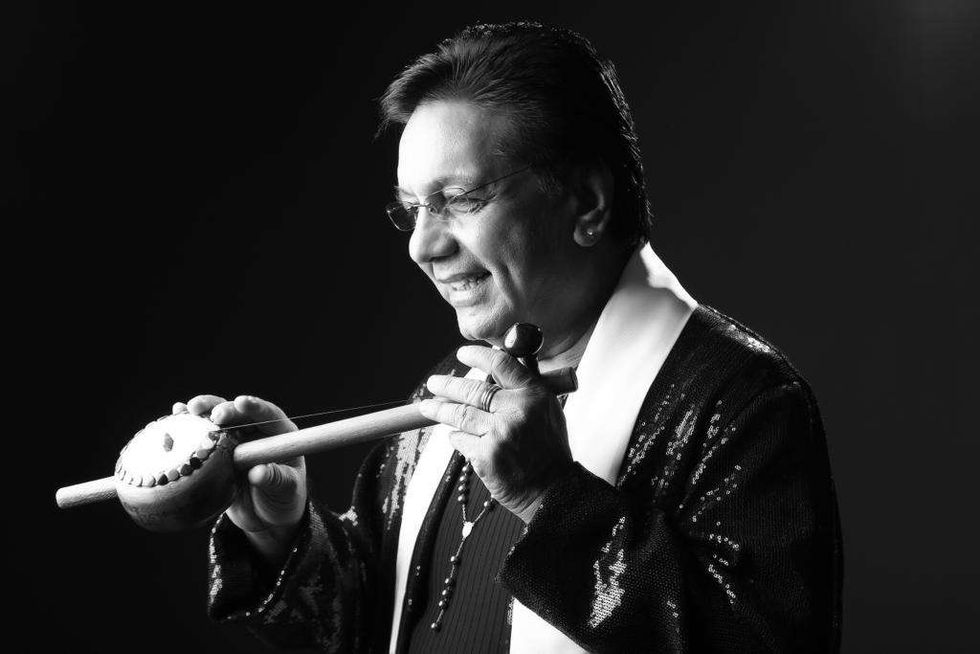 Channi Singh OBE — founder and frontman of the pioneering bhangra band AlaapChanni Singh
Channi Singh OBE — founder and frontman of the pioneering bhangra band AlaapChanni Singh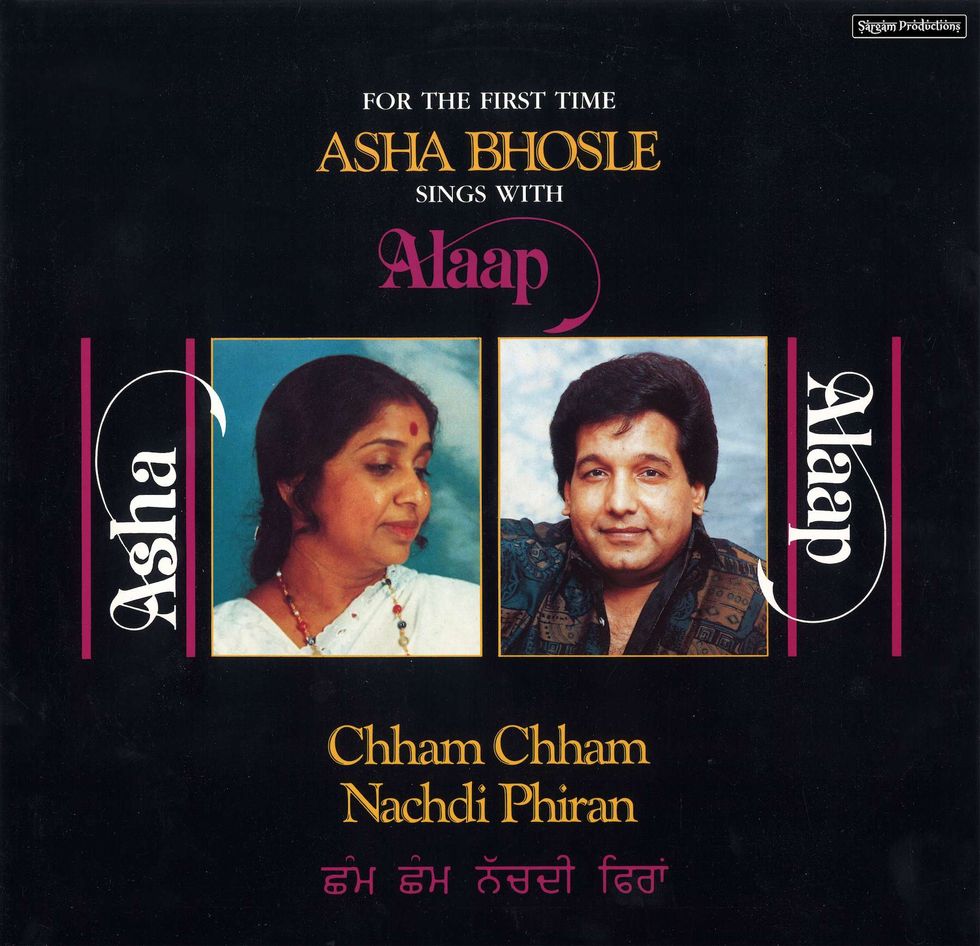 Chham Chham Nachdi Phiran (with Asha Bhosle)Channi Singh
Chham Chham Nachdi Phiran (with Asha Bhosle)Channi Singh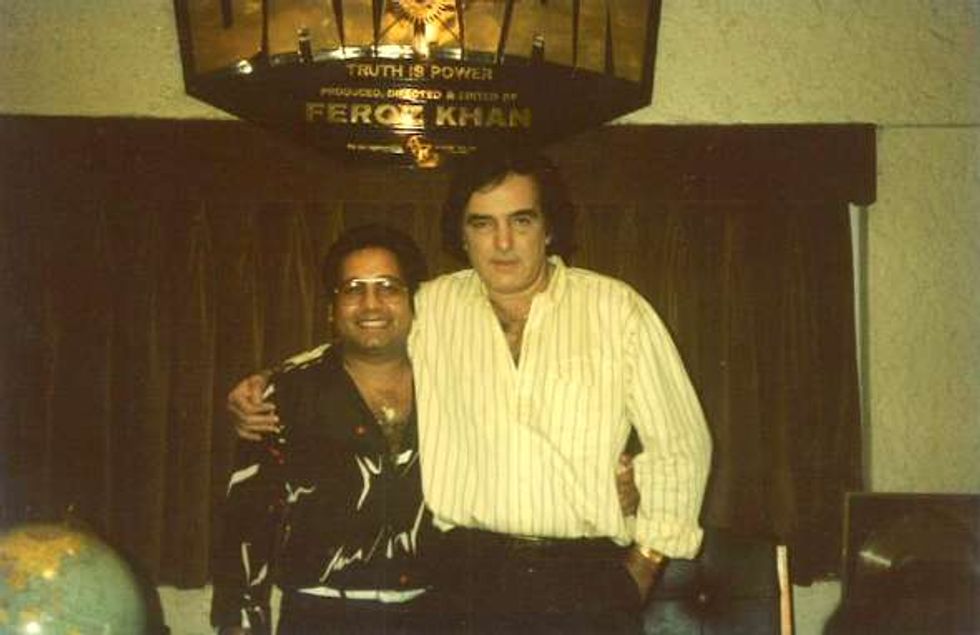 Channi Singh with Feroz KhanChanni Singh
Channi Singh with Feroz KhanChanni Singh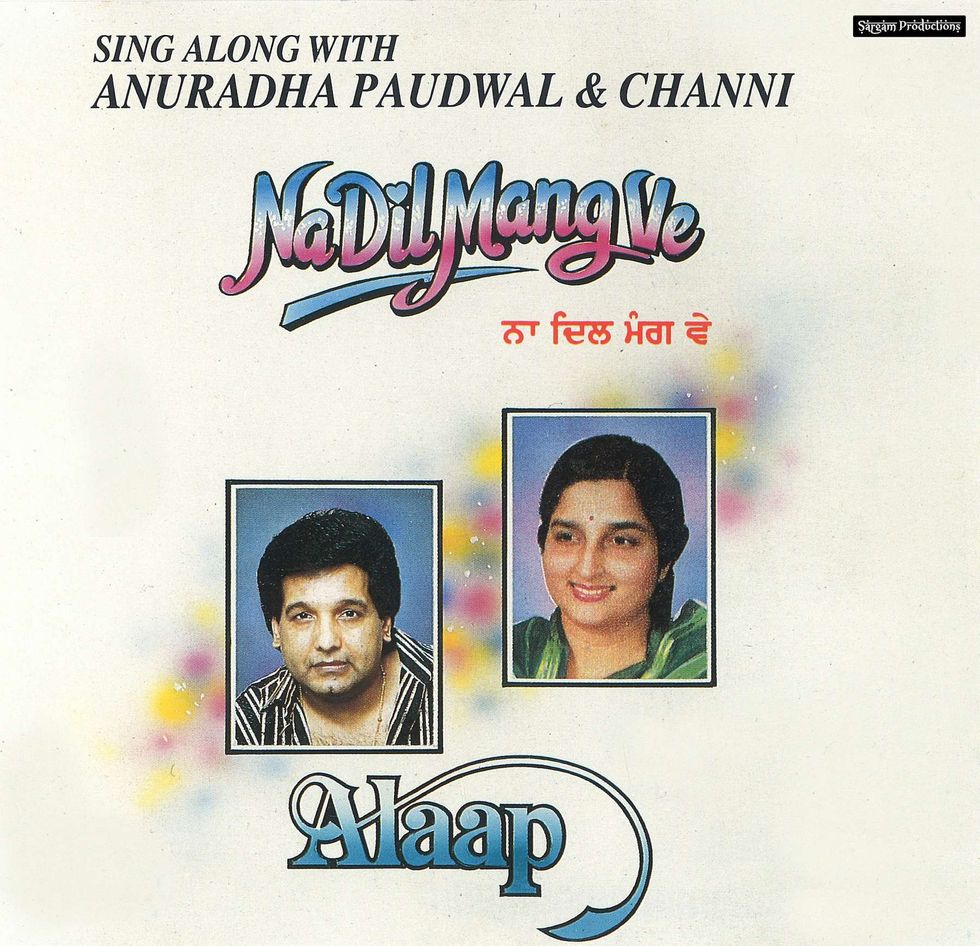 Na Dil Mang Ve (with Anuradha Paudwal)Channi Singh
Na Dil Mang Ve (with Anuradha Paudwal)Channi Singh






